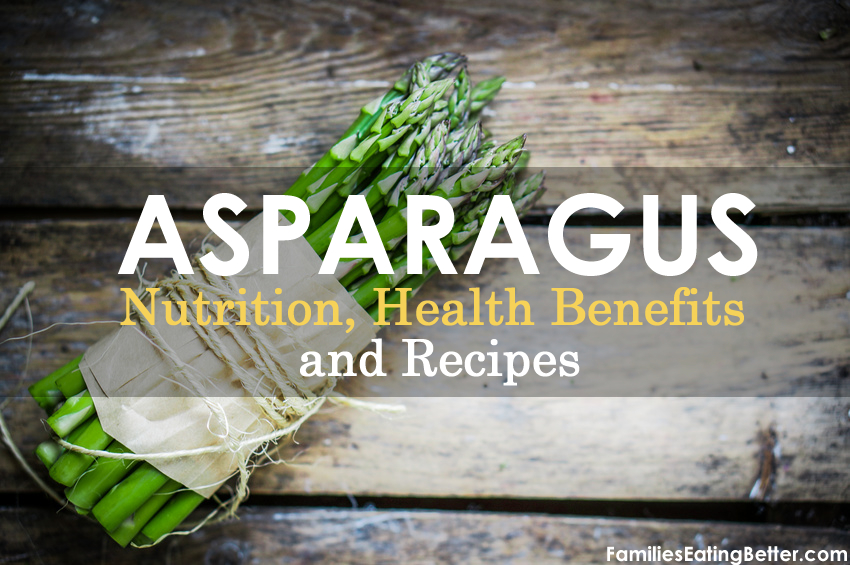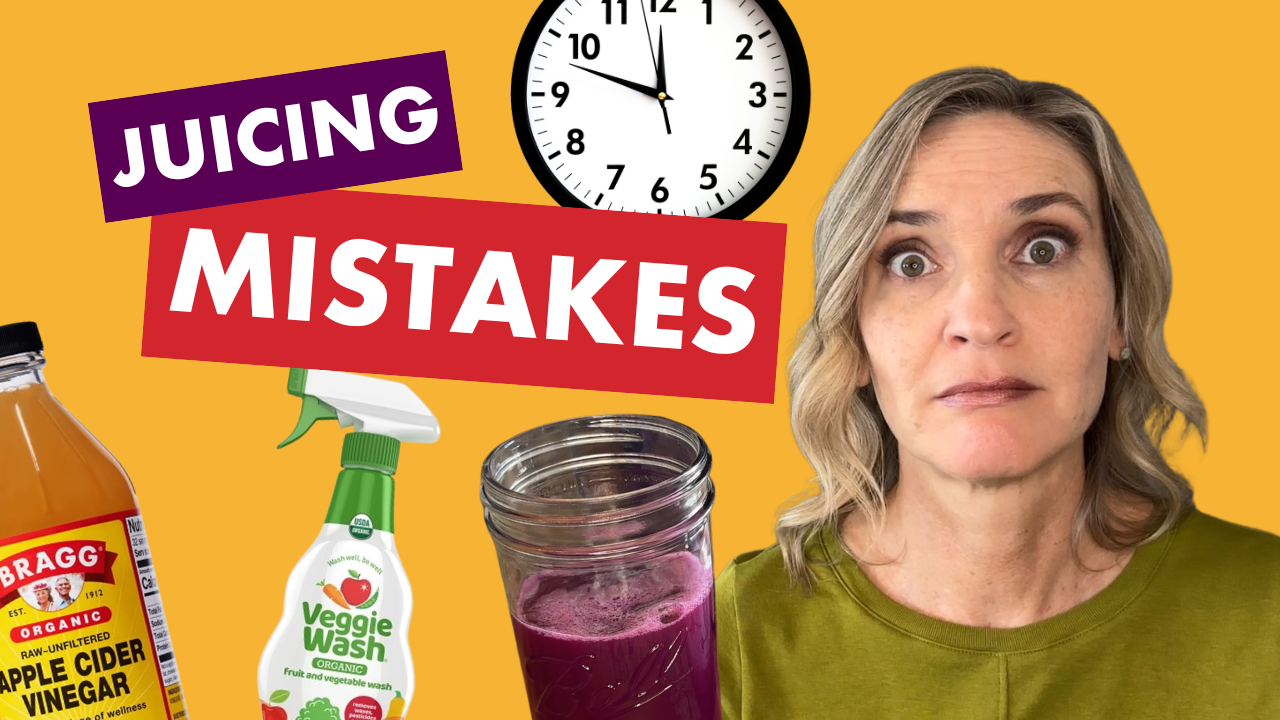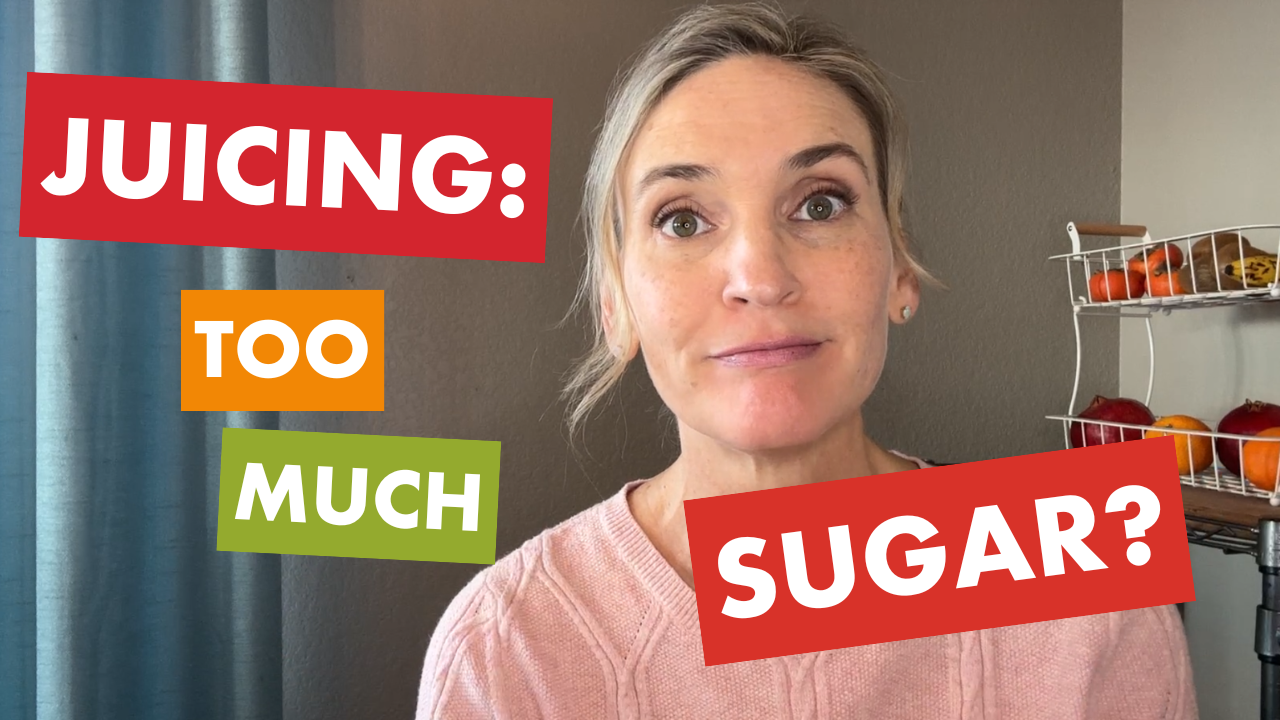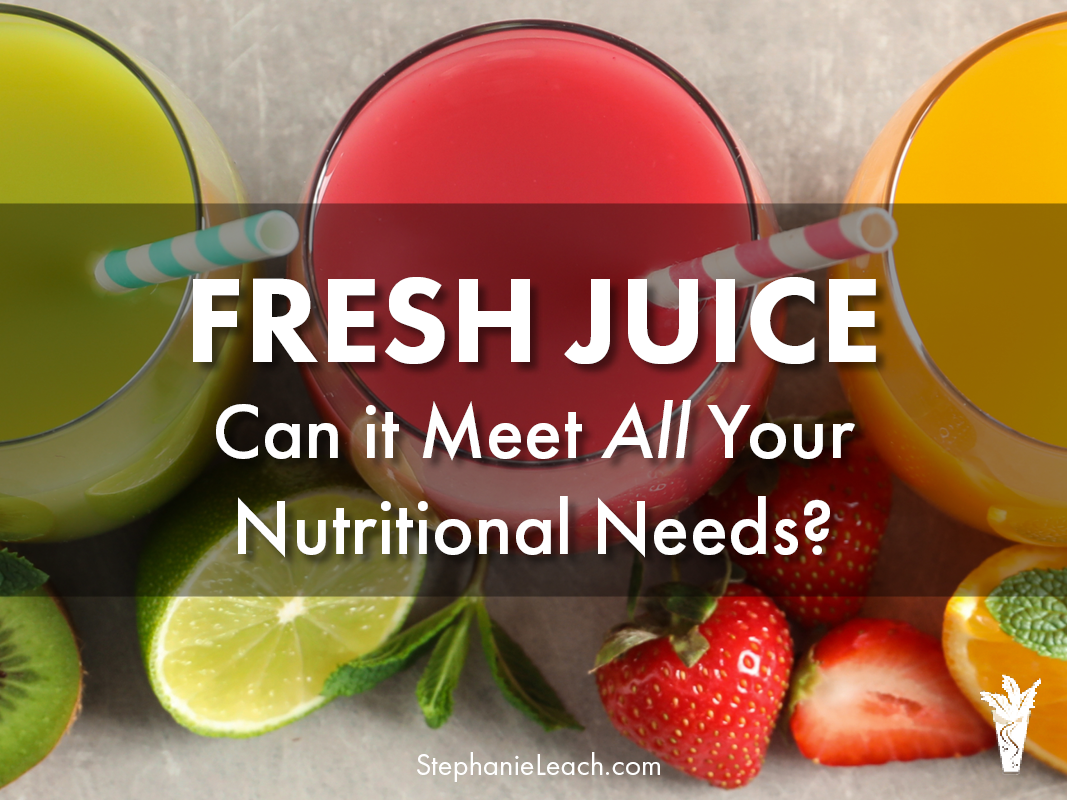I didn’t always like asparagus. My childhood exposures to this nutritious green vegetable were of the overgrown and overcooked variety. Mushy or woody and stringy, I didn’t care for it.
Later in life I was happily introduced to thin, tender asparagus spears, properly trimmed and barely cooked to crisp-tender perfection. A new food love was born!
I am ever so grateful. Asparagus delivers nutrition and health benefits at a stellar level.
Asparagus Nutrition & Health Benefits
First, the numbers. A cup of cooked asparagus delivers over 100% of your daily vitamin K needs for bone health, 67% of the needed folate to support your brain and nervous system, cardiovascular system, reproductive health and red blood cell production, and roughly a third of your daily need for copper, a key mineral in many body systems.
Asparagus is also a very good source of vitamins B1, B2, and E. Selenium, manganese, and phosphorus are also found in very good amounts.
Like most vegetables, it is a good source of fiber, providing 14% of your daily dietary need.
Asparagus also provides protein, about 4-5 grams in a cup. (Yes, plants have protein!) Because it comes packaged with a good amount of fiber, asparagus will help stabilize your digestion.
Glutathione (GSH)
GSH is one of the best-studied antioxidants, and asparagus contains about 28 milligrams per 3.5 ounces. This puts asparagus on par with cruciferous vegetables, like cabbage and cauliflower.
Inulin for Gut Health
Asparagus, like Jerusalem artichokes and chicory root, contains inulin, a “prebiotic.” This special carbohydrate doesn’t break down until it reaches the large intestine, where it provides food for beneficial bacteria that can lower your risk of both allergy and colon cancer.
Asparagus Storage and Cooking Tips
Asparagus has a high respiration rate, so it goes bad more quickly than the tomatoes sitting on your counter. Wrap the end of a bundle of asparagus in a damp paper towel and store it in the crisper drawer of your refrigerator. To maximize the nutritional benefit, try to eat it within 48 hours or purchase.
The ends of the spears are generally tough and woody. I usually cut off ¼ to 1/3 of the bottom of the asparagus and discard it.
Thin asparagus only needs a couple of minutes under the broiler, making it a really fast side dish for busy weeknights. My favorite way to prepare it is simply dressed with olive oil, salt and pepper, and dusted with freshly grated Parmesan cheese.
If you’d like to explore more ways to enjoy asparagus, here is a round-up of some really delicious looking recipes that include this delectable vegetable.
Asparagus Recipes
Mini Peppers Filled with Goat Cheese and Asparagus (These are so cute!)
Marinated Mushrooms and Asparagus Salad
Warm Farro Salad with Asparagus, Peas and Feta
Charred Asparagus Tacos with Creamy Adobo and Pickled Red Onions
Savory Orange Roasted Tofu and Asparagus
Source: The World’s Healthiest Foods








Leave A Comment